A Museum Born from the Earth
The museum was established to showcase archaeological finds from various excavations in the Cap Bon region, most notably the ancient city of Neapolis, buried beneath today’s Nabeul. It also features discoveries from sites like Thinissut, Kelibia, and Korbous, painting a wide cultural and historical canvas.
Table Of Content
- A Museum Born from the Earth
- The Sanctuary of Thinissut: Where Gods Once Walked
- The Roman Opulence of Neapolis: Mosaics from the House of the Nymphs
- A Celebration of the Sea: Sidi El-Mahersi Mosaic
- Kelibia’s Masterpieces: Myth and Proverbs in Mosaic
- Salt, Sauce, and Trade: The Fish Factories of Neapolis
- Other Highlights
- Why You Should Visit the Nabeul Museum
- Visitor Info
- Final Thoughts
Its collections span both Libyco-Punic and Roman eras, offering a rare look at how these civilisations interacted, evolved, and left their mark on the region.
The Sanctuary of Thinissut: Where Gods Once Walked
One of the museum’s most extraordinary sections is dedicated to the sanctuary of Thinissut (modern-day Bir Bou Regba), uncovered in 1908. This sacred site was devoted to Baal-Saturn and Tanit-Caelestis, key figures in Punic and Roman religion.
The centrepiece here is a collection of massive terracotta statues of the goddess Tanit, each portraying a different cultural identity:
African form: Tanit with a lion’s head (leontocephalic)
Oriental form: Tanit standing atop a lion
Greco-Roman form: Tanit depicted as a wet nurse, nurturing a child
These statues are unmatched and symbolism across the Phoenician-Punic world, making Thinissut one of the most important religious finds in Tunisia.
Epigraphic treasures include a Neopunic dedication to Baal and Tanit and a Latin inscription offered by Roman merchants to Emperor Augustus. This is considered one of the oldest Latin texts ever found in Africa.
The Roman Opulence of Neapolis: Mosaics from the House of the Nymphs
The museum also preserves exquisite Roman mosaics from Neapolis, particularly from a grand villa known as the House of the Nymphs (Nymfarum Domus).
These include:
A mosaic of two roosters flanking an amphora full of gold coins, symbolizing the homeowner’s wealth
Mythological scenes such as:
The embassy of Chryses to Agamemnon
Nymphs bathing at the Hippocrene spring
Philoctetes wounded and abandoned on Lemnos
Poseidon saving the nymph Amymone
Though created in the 4th century AD, these mosaics reflect Greek classical themes from the 5th century BC, showcasing the refined taste and education of the Roman elite in late antiquity.
A Celebration of the Sea: Sidi El-Mahersi Mosaic
Greeting visitors at the museum entrance is a spectacular marine mosaic from Sidi El-Mahersi. It vividly depicts fishermen in boats, nereids riding sea monsters, and leisurely scenes along the seashore. It is a testament to Tunisia’s long-standing connection with the Mediterranean.
Kelibia’s Masterpieces: Myth and Proverbs in Mosaic
Two mosaics from Kelibia stand out for their artistic value and storytelling:
A dramatic portrayal of the musical contest between Marsyas and Apollo
A playful mosaic of a cobbler, accompanied by the ancient proverb:
“Cobbler, no higher than the sole!” This humorous scene offers a timeless reminder to stay within one’s limits.
Salt, Sauce, and Trade: The Fish Factories of Neapolis
Few visitors expect to find a detailed history of ancient food production in the museum, but here it is one of the highlights.
An entire room is dedicated to the fish salting industry of Neapolis, where bluefish were transformed into garum, a fermented sauce widely used in Roman cuisine. Artefacts, tools, and even fish bones analyzed through archaeo-ichthyology provide a fascinating look into ancient Tunisia’s role in Mediterranean trade and gastronomy.
Other Highlights
The museum also features:
Roman funerary stelae
Two marble imperial statues from Korbous
A range of everyday ceramics and religious objects from across the Cap Bon region
Why You Should Visit the Nabeul Museum
While not as famous as the Bardo Museum in Tunis, the Nabeul Museum offers:
Rare Punic artefacts found nowhere else in the world
A peaceful and intimate atmosphere with fewer crowds
A deep and meaningful insight into how Tunisian identity was shaped over centuries
If you’re exploring Cap Bon or seeking to understand Tunisia’s rich historical layers, this museum deserves a place on your itinerary.
Visitor Info
Location: Nabeul, Tunisia (Cap Bon Peninsula)
Opened: 1984
Main Collections: Libyco-Punic and Roman artefacts
Annual Visitors (2015): 1,108
Best Time to Visit: Spring or early autumn for mild weather and fewer tourists
Final Thoughts
The Nabeul Museum is more than just a place to view ancient artefacts. It is a powerful gateway into Tunisia’s cultural soul. From divine statues and mythological mosaics to tools of trade and worship, each item speaks of a rich, layered past.
Whether you’re a history lover or a curious traveller, a visit to the Nabeul Museum is a journey worth taking.
Extremely motivated to constantly develop my skills and grow professionally. I try to build my knowledge, flexibility, and interpersonal skills through several projects and within different teams.



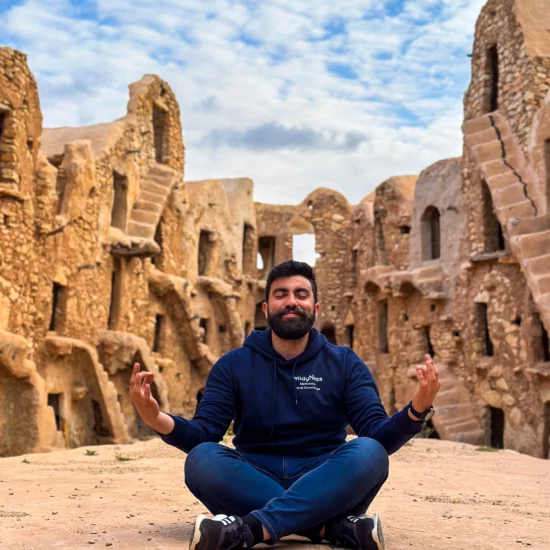
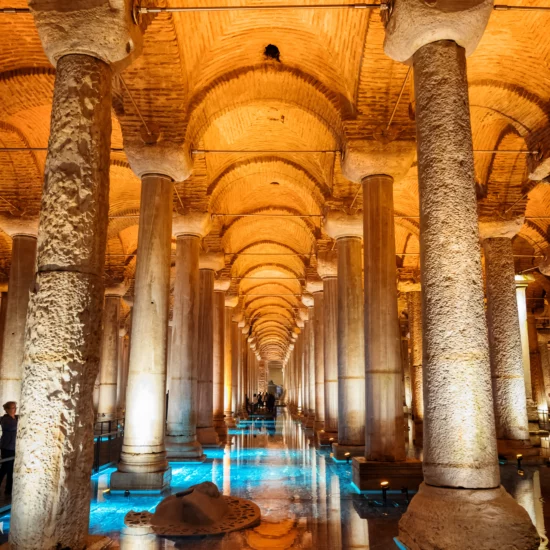
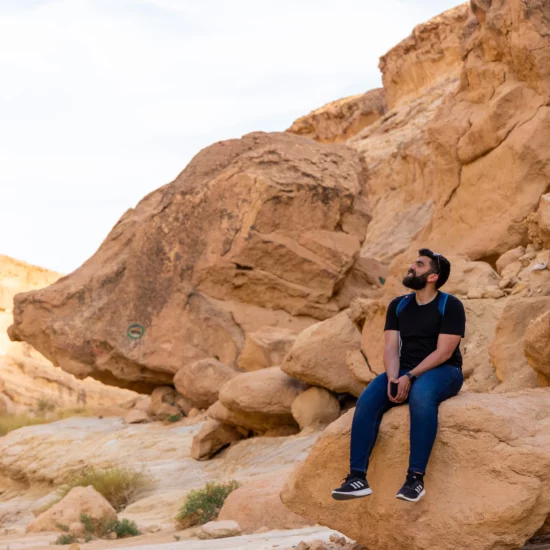
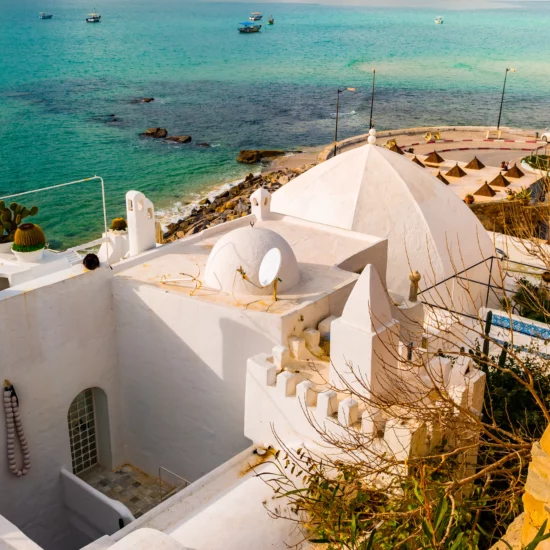

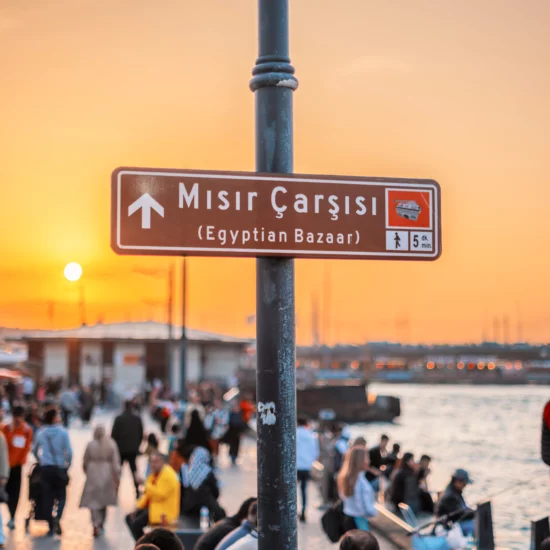



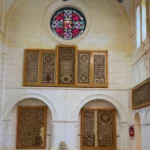

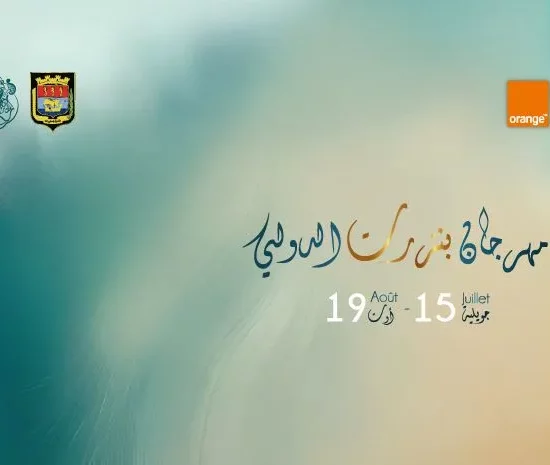
No Comment! Be the first one.